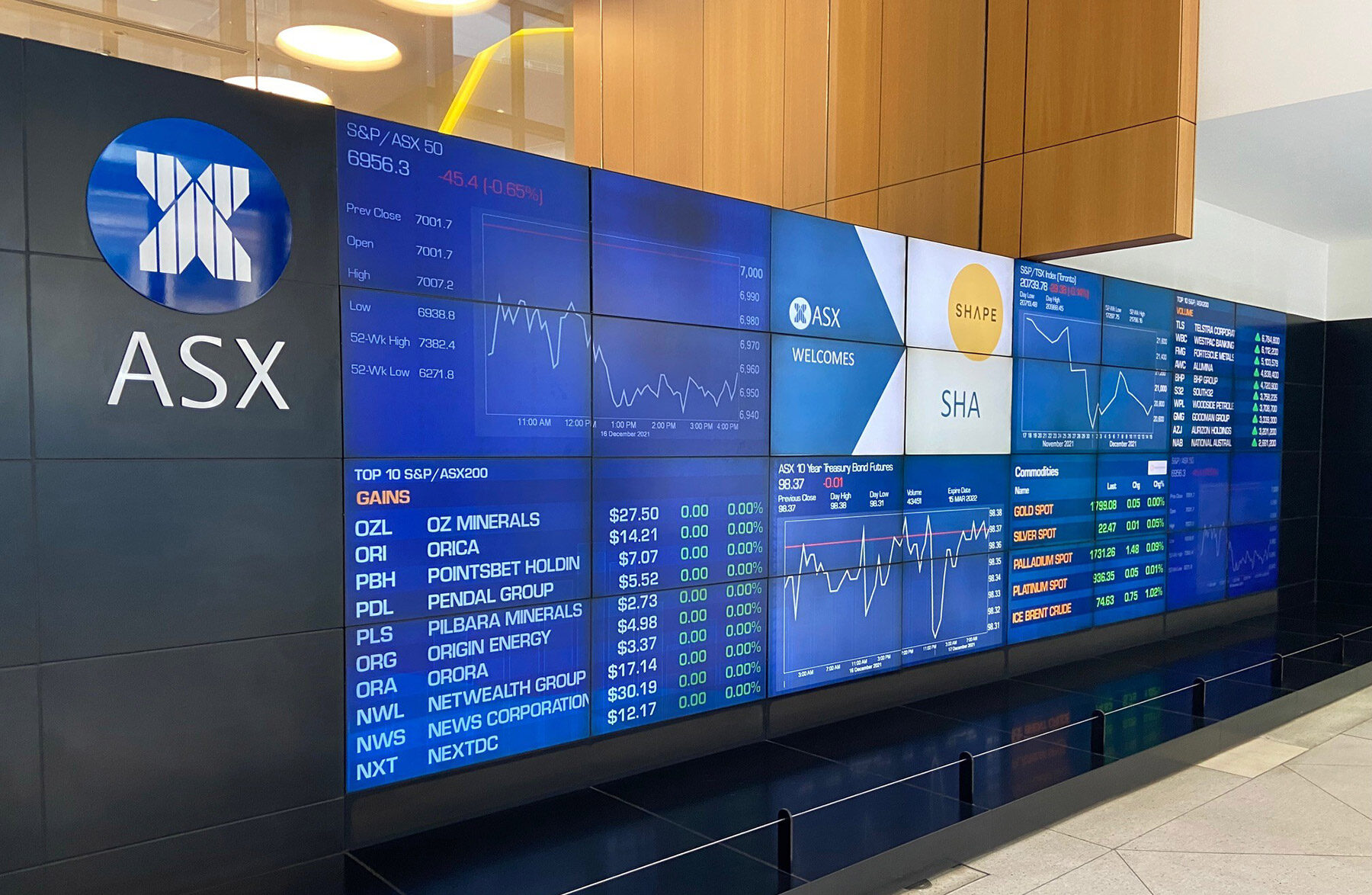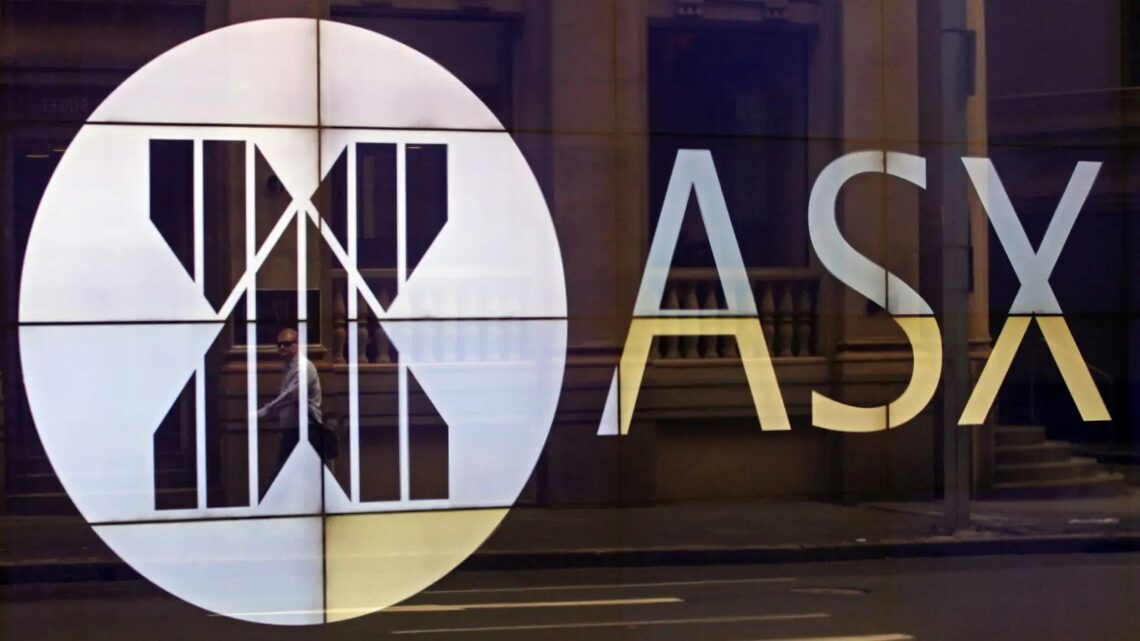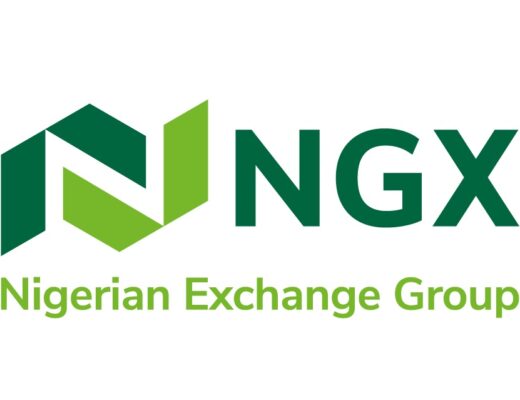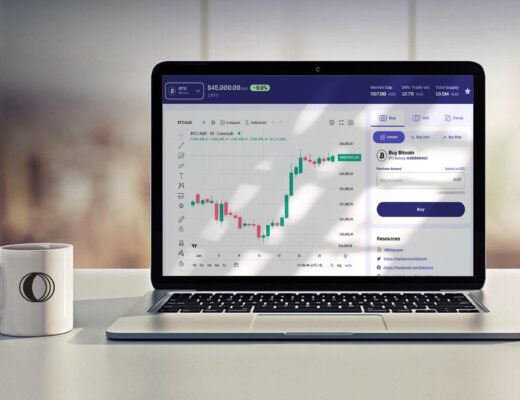Australian Stock Exchange: key stages of development
Australian Stock Exchange (ASX) is the country’s leading stock and derivatives exchange. It has had branches in major cities such as Sydney, Melbourne and Perth since 1987. The ASX is a public company whose shares are traded on the exchange itself. The main platform is in Sydney.
The modern history of the exchange began in 1987. At that time, the country’s government passed legislation to unify Australia’s six exchanges. Previously, they had been state-owned and operated independently. However, the origins of the Australian stock market date back to the 19th century.
History of the stock exchange
The country’s first financial institution was the Bank of New South Wales, founded in 1817. It was based in the colony of New South Wales. Today, people call it Westpac Banking Corporation. Matthew Gregson and William Barton were founders of trading in the country. They engaged in brokerage activities and laid the foundations for the further development of the financial sector.
During this period, Australia was actively developing, with government and financial institutions appearing. In the 1850s, several stock exchanges functioned in major cities. However, they all soon closed.
The first official stock exchange opened in Sydney in 1871. This helped to streamline market processes and introduce uniform rules for trading shares. There were also rules for brokers and customers. The exchange operated successfully for many years until its amalgamation in 1987. Initially, the rules and regulations consisted of 17 items and took up only six pages. Today, the regulatory framework runs to some 500 pages.
The creation of the Sydney Stock Exchange gave a strong impetus to the development of other trading platforms. Within just 10 years, stock exchanges opened in Melbourne, Brisbane, Adelaide and other cities around the country. A significant period in the history of the ASX was the 1960s:
A significant period in the history of the ASX was the 1960s:
1. The Greasy Wool Futures Exchange – SGWFE – began operations.
2. Organizers introduced an accreditation system for brokers and launched training courses for market participants.
3. A three-letter code for shares was developed.
4. In 1964, the exchange used computer technology for the first time.
5. An electronic price recognition system appeared. This enabled brokers to obtain information on prices and bids without having to visit the exchange.
In 1972, common listing standards were developed for all Australian exchanges. This allowed for better regulation of activities.
Modern history
The Australian Stock Exchange, in its modern form, was established in April 1987. The SEATS automated trading system was introduced in the autumn of that year. In 1988, 3-year Commonwealth bond futures became available on the floor. In 2000, the ASX merged with Austraclear, the country’s main OTC clearing house. Since then, the exchange has continued to expand its services and increase the number of participants.










